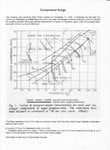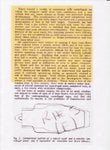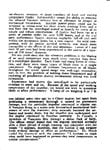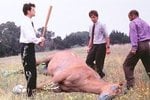Some background material on the centrifugal vs axial compressor advantages as at the late forties is attached for information. Surge caused flameout on changing throttle settings and when manoeuvring. Novotny was to lose his life on one such an occasion.
The original source was "Flight" archives http://www.flightglobal.com/FlightPDFArchive/1950/1950 - 2126.PDF
Regards,
Magnon
The original source was "Flight" archives http://www.flightglobal.com/FlightPDFArchive/1950/1950 - 2126.PDF
Regards,
Magnon




